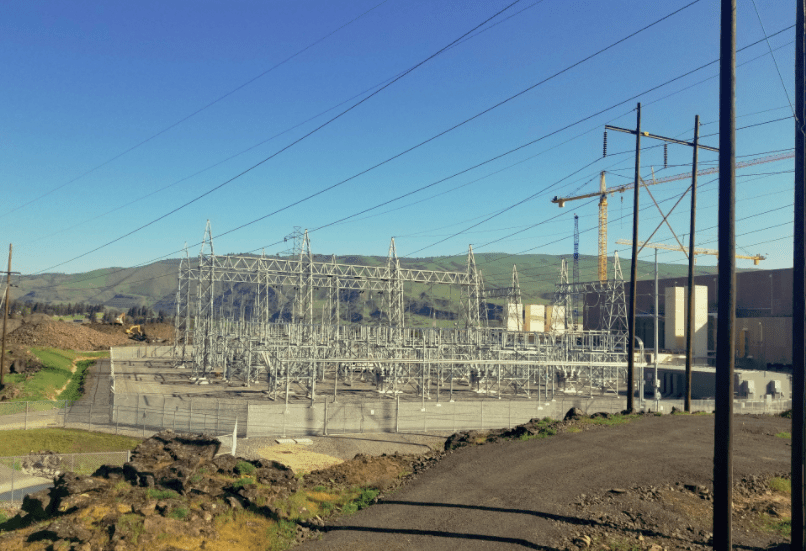A New Approach for Gas-Insulated Substations
Credit to Author: Contributed Content| Date: Thu, 11 Aug 2022 14:40:05 +0000

For decades, gas-insulated substations (GIS) have been used primarily in densely populated metropolitan areas. They take up only 10% of the footprint of outdoor or air-insulated substations and provide reliable medium- and low-voltage service where space needed to service areas for industrial locations, hospitals, and housing may be limited. However, as rural environments become desirable for solar and wind development, GIS is proving to be an attractive solution outside of urban environments for its reliability, reduced maintenance, and smaller environmental impact.
Reducing the Substation Footprint
The development and delivery of GIS has been growing since the late 1960s. Conversely, the space, energy, maintenance, and materials needed for their reliable performance has been getting smaller. This is a good thing for landowners that want to support alternative energy sources without the development of expansive outdoor substations. And the benefit of needing less space in a rural area doesn’t stop at preserving the aesthetic of the bucolic country mile. Smaller, more compact substations are less likely to be damaged by weather or wildlife.
Improved Reliability
With just over 50% of the U.S. territory used for agricultural purposes, reliability of the power grid should not be overlooked for the customer relying on power outside of urban settings. The benefits of a compact GIS have never been more apparent at a time when weather patterns have become more unpredictable and damaging than in previous history. Customers served by GIS will experience fewer outages, resulting in reduced maintenance and lower operational costs.
Benefits of an All-in-One Approach
GIS manufacturers offer an all-in-one solution that includes elements such as circuit breakers, electrical bus bars, current and voltage transformers, switches, and surge arrestors, but the benefits of this solution are really seen in the overall design, which provides:
- Increased reliability of coordinated components that work together as one system.
- Faster return on investment due to lower maintenance and safer conditions.
- Reduced project footprint for better outcome with landowners, town, and county approvals.
The right expertise can align GIS technology with some of today’s biggest utility challenges, such as the grid modernization required to accommodate interconnections to alternative power sources outside of the traditional urban footprint.
Implementation with a Multi-Disciplinary Engineering Team
As substation technology is considered in the development schedule, it is imperative to work with multi-disciplinary engineering services for a feasibility study of the proposed solution, a concept design for approval, and fully executable drawings set for construction that covers:
- Preliminary studies (soil resistivity, geotech reports, etc.).
- Detailed civil design (prefabricated solutions).
- Detailed electromechanical design (interconnection solutions between developer and utility).
- Detailed system protection and control design.
- Permitting and compliance assistance.
- Engineering coordination between GIS manufacturer and all project areas to give you a ready to build project.
The smaller footprint and lower clearance of GIS brings flexibility to electric distribution solutions and reduces the risk of outages caused by pollution, weather, and wildlife. As demand for grid capacity grows, we look toward technology where maintenance, cost, and complexity does not.
—Jorge De La Fuente is director of Power Systems at LaBella Associates.
The post A New Approach for Gas-Insulated Substations appeared first on POWER Magazine.